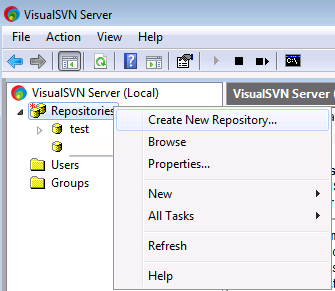
UBUNTU CONFIGURE SVN INSTALL
$ sudo apt-get install python-software-properties Open up your favorite web browser and goto

$ sudo nano /etc/apache2/mods-available/nf

$ sudo ln -s /usr/share/redmine/public /var/www/redmine Add a symbolic link to the public redmine web directory.$ sudo apt-get install libapache2-mod-passenger You should now see the application welcome page. Point your web browser at server ip]:3000 $ ruby script/server webrick -e production $ sudo chmod -R 755 files log tmp public/plugin_assets $ sudo chown -R www-data:www-data files log tmp public/plugin_assets $ sudo RAILS_ENV=production rake redmine:load_default_data Insert default configuration data in database, by running the following command:.$ sudo rake db:migrate RAILS_ENV="production" Create the database structure, by running the following command under the application root directory:.Modify to the following and save (ctrl+x) $ sudo nano /usr/share/redmine/config/database.yml $ sudo cp /usr/share/redmine/config/ /usr/share/redmine/config/database.yml Copy config/ to config/database.yml and edit this file in order to configure your database settings for "production" environment.> grant all privileges on redmine.* to identified by '' > create database redmine character set utf8 Create an empty MySQL database and accompanying user named redmine for example.
UBUNTU CONFIGURE SVN DOWNLOAD

HowTo Install Redmine 1.2.x with Mercurial and Subversion on Ubuntu Server 10.04.HowTo Install Redmine 1.2.x with Mercurial and Subversion on Ubuntu Server 10.04 ¶


 0 kommentar(er)
0 kommentar(er)
